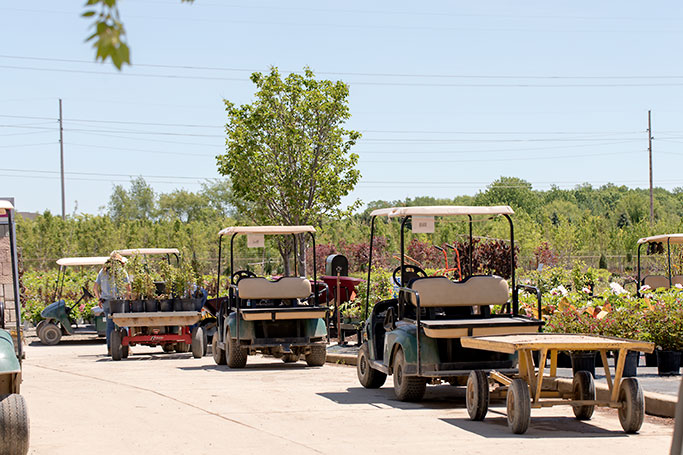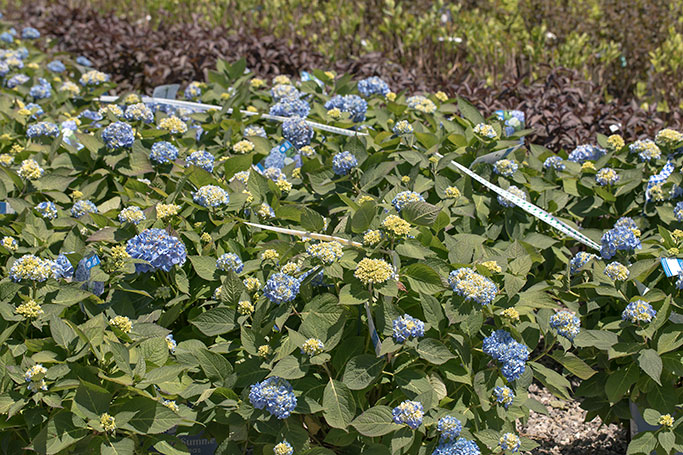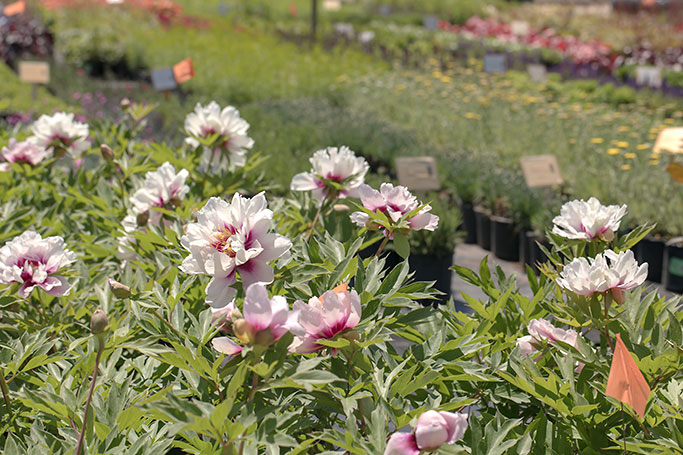If given the choice between having lots of bats (outside your attic) or having lots of mosquitoes, which would you choose? This may be a harder choice for some than others, but hopefully I can persuade you to not only want more bats, but to take steps to make sure there ARE more.
Bats are the only flying mammal in the world. This makes them ideal prey for hawks, falcons, and owls. The ones that don’t get eaten consume up to 1200 insects an hour. A teenage boy would have to eat 200 quarter pound burgers in a single night to compete with most bats. A lot of the bat’s diet includes mosquitoes, which can carry West Nile virus. Bats are so good at eating insects that they have become a friend to farmers by eating enough pests to reduce the need for pesticides. Bats in some parts of the world are also important pollinators.
Unfortunately bats are under pressure from habitat destruction. Some eke out a living in urban areas. There are 1.5 million Mexican Free-Tailed bats living under the Congress Avenue Bridge in Austin, Texas. In order to help out, you may consider putting up a bat house to encourage these voracious insectivores to work for you where you live.

It is easy enough to prevent bats from getting into your attic, and less than one half of one percent of these animals carry rabies. Rabies can only be transmitted by an infected animal's saliva entering through eyes, mouth, or open wounds. Please do not attempt to handle bats or any other wild animal!
All of Michigan's nine species of bats are protected and may not be killed. For assistance in removing a bat colony, please contact one of the many professional wildlife removal companies here in Michigan.
Michigan Bat Control - https://www.mibatcontrol.com/
Michigan Bat Removal - https://michiganbatremoval.net/
Bat Conservation International - http://www.batcon.org/






































